
Ski: 2020-2021 Head Caddy, 181 cm
Available Lengths: 171, 176, 181
Actual Tip-to-Tail Length (straight tape pull) : 178.8 cm
Stated Dimensions (mm): 121-84-110
Stated Weight per Ski: 1760 g
Stated Sidecut Radius (181cm length): 20.2 meters
Core Construction: Silver Fir + Elastomer & Fiberglass Laminate
Mount Location: -1 cm from true center
Boots/Bindings: Dalbello Il Moro T ID / Rossignol FKS 140
Days Skied: 7
Test Location: Saas-Fee, Switzerland
[Note: Our review was conducted on the 15/16 Caddy, which was not changed for 16/17, 17/18, 18/19, 19/20, or 20/21, apart from graphics]
Intro
Head’s been in the park ski game for a long time—it’s been 16 years since Jonny Moseley invented the Dinner Roll on a pair of Head Mad Trix.
But with the iconic Mad Trix ski gone (along with many other park skis that came and went in the decade since) the Caddy is now Head’s staple park ski. It’s an extremely light, sandwich construction park ski with a medium flex and a bit of tip and tail rocker. Head markets the Caddy as being highly versatile, which piqued my curiosity about how it might stack up against skis like the Armada AR7 and the Nordica OMW.
Flex / Profile
In short, Head hasn’t really taken any risks with the Caddy. Hand flexing the ski reveals a profile that’s neither quite stiff (like the Salomon NFX), nor decidedly soft (like the Line Blend). The Caddy is roughly as stiff as the Nordica OMW. At 84 mm underfoot, the Caddy has a narrower waist width than the OMW, but has a very similar camber/rocker profile, with camber underfoot and a subtle yet noticeable amount of tip and tail rocker.
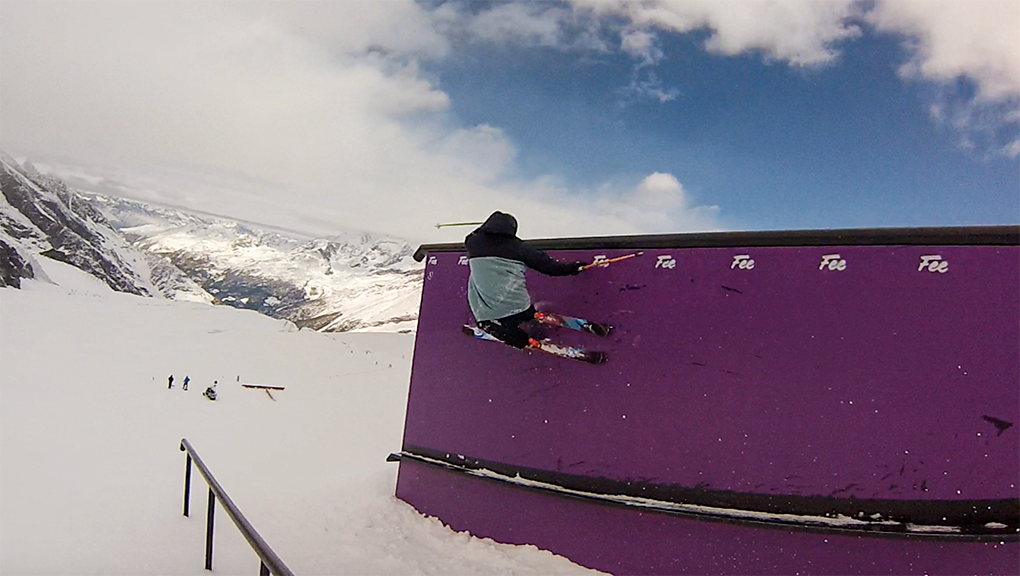
The Caddy is a bit more different from the Armada AR7; it has a noticeably softer flex pattern than the AR7, as well as tip and tail rocker, while the AR7 just has a traditional camber profile. Finally, the Caddy features a fast (and mostly black) base material that is predictably speedy in a variety of snow conditions.
On the Snow
When I arrived in Saas-Fee, Switzerland, earlier this month, I was met with excellent, mid-winter like conditions, thanks to a couple feet of fresh snow. The park setup included two large jumps (~45 and ~70 feet in length), and a slew of rails serviced by a short T-bar, which insured that I’d be able to put a ton of laps on the Caddy.
The ski doesn’t really have any immediately ‘surprising’ elements to its construction or design, and as a result, I quickly grew comfortable on the Caddy despite not having been on snow since early May.
Jumps
I was fortunate to get five full days of hitting big jumps on the Caddy (in October!) in Saas-Fee, and really put the Caddy to the test. The first thing that struck me about the Caddy was the impressive, incredibly-low swing weight, which made initiating big spins and double flips feel easy, as if the skis were an extension of my body. This reminded me of the Scott Jib’s similarly light swing weight. While the Scott Jib is slightly wider, the Caddy is stiffer and beefier, and the feel in the air is fairly similar. This became particularly apparent when I switched over to the Salomon NFX during the second half of my trip—the NFX is considerably heavier.
The Caddy also felt very lively, playful, and full of pop on jumps.
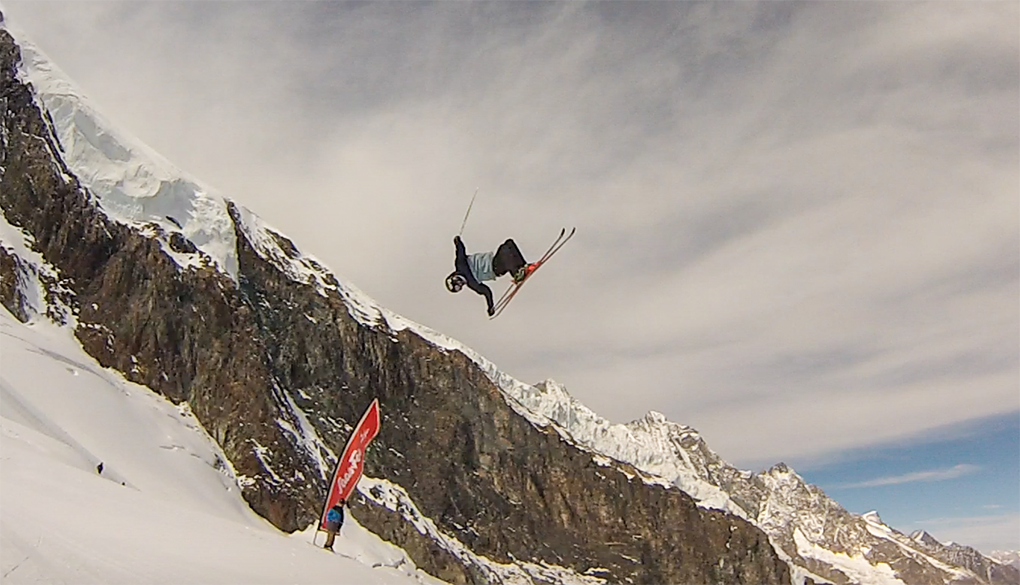
Unsurprisingly, where the Caddy came up a bit short compared to the NFX was in terms of stability. The Caddy’s softer flex (coupled with a bit of tip rocker) caused me to wheelie out of backseat landings a bit more or feel a bit shaky laterally if I took a jump a bit too deep.
To be clear, this shortcoming was by no means dramatic. The Caddy wouldn’t completely flex out on tip-heavy switch landings, like the Armada E-Dollo can with its considerably rockered and soft tips. Nor did I ever feel generally unconfident about the Caddy’s stability on big jumps.
Still, I can say with confidence that the Caddy ranks below the Salomon NFX and the Fischer Nightstick in terms of stability on landings, and I would rank the NFX and the Nightstick as my number 1 and 2 all-time picks in that category. Of course, the NFX and Nightstick’s top level stability comes at the cost of tangible amounts of playfulness and versatility.
NEXT: Rails and Jibs, Comparisons, Etc.
Rails / Jibs
I immediately felt the benefits of the Caddy’s very low swing weight on jibs. Spins onto and off of rails felt easy on the Caddy, as did quick switch ups. The Caddy immediately evoked memories of the Scott Jib excelling in this category, and that low swing weight makes the Caddy much better than the NFX in this category.
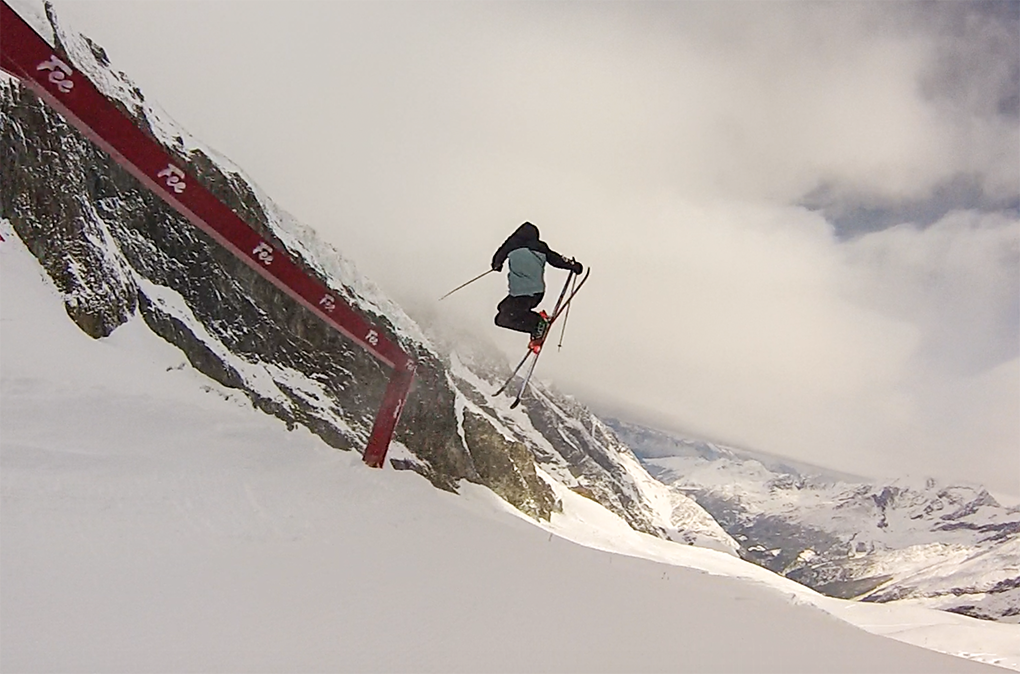
I wouldn’t really describe the Caddy as a particularly “buttery” park ski—I’d reserve that word for a ski like the Line Blend or the Armada Edollo. That said, the Caddy does strike a nice balance between being able to handle big jumps and actually butter, which isn’t something I would say about the Nightstick or the NFX. To butter the Caddy, you do need to put a bit more weight into loading up the tips than you do on the Blend or the Edollo. But with correctly applied pressure, the Caddy is more than happy to butter and press on all sorts of jib features.
Head Caddy VS. Armada AR7 and Nordica OMW
The Head Caddy ranks high among highly versatile park skis like the Armada AR7 and Nordica OMW. Of course, “versatility” just means that something accomplishes a variety of goals fairly well, and differences certainly exist among these skis and how they perform in specific categories.
The Caddy is easily the lightest feeling ski of the three. It may also be the softest of the three, but only by a narrow margin over the OMW.
The Caddy isn’t the poppiest of the three skis—it’s beaten out easily here by the AR7, and more narrowly by the OMW.
The AR7 is definitely the stiffest and most stable of the three, beating out the Head Caddy by a somewhat small but certainly noticeable margin.
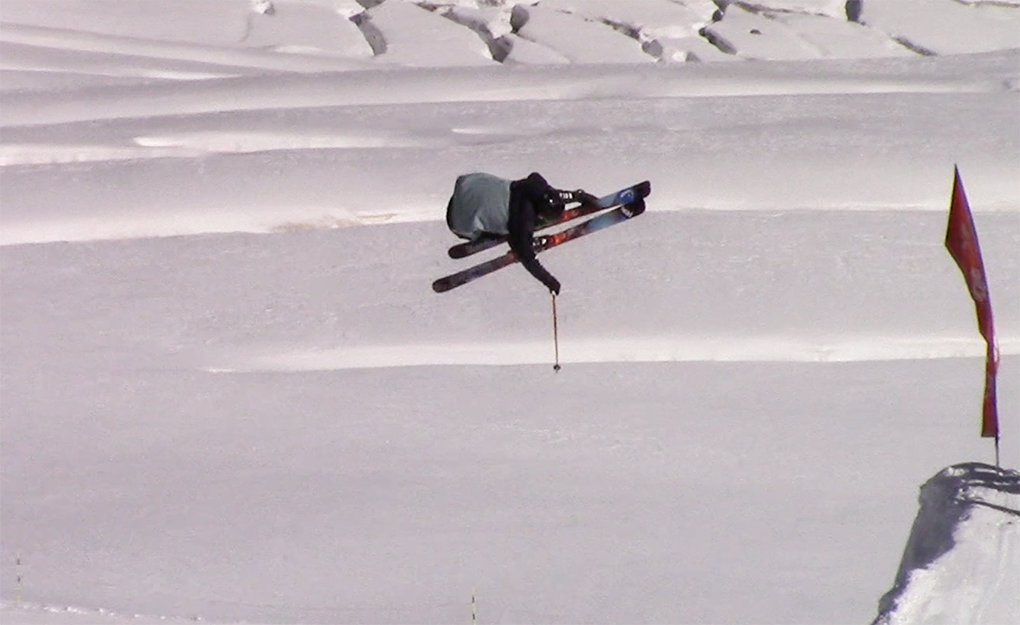
For me, it’s an extremely close toss up between the OMW and Caddy in terms of which ski is the most playful of the three. But I would give the Caddy the slight edge.
And while this isn’t a huge deal, I certainly enjoyed how much faster the Head Caddy’s base and structure felt right out of the package than either the OMW or AR7.
Around the Rest of the Mountain
Given the nature of autumn glacier skiing, I didn’t really get much of a chance to test the Caddy outside of the park. I skied a small amount of wind-buffed powder/crud, an experience that yielded the obvious revelation that a nearly-center-mounted, 84mm-wide park ski with minimal tip rocker isn’t exactly going to compare to big-mountain chargers. It did feel snappy and quick to initiate turns, and I’m confident that it’d make a fine ski to occasionally dabble in some mogul skiing. But please take this section with a nice grain of salt, as again, I really didn’t ski the Caddy outside the park that much at all.
Durability
When I haven’t put at least a few full weeks on a ski, it’s difficult to make statements about a park ski’s durability. To make matters worse, I tend to abuse my equipment by doing a lot of high-impact rail tricks like disasters and gaps-to-flat, which take a significant toll on edges. After seven days of skiing—where I spent the majority of my time jumping and less of my time hitting rails—I didn’t observe any signs of impending delamination or core failure (snapping either ski or seeing a reduction in either ski’s camber). I also didn’t experience an unusual amounts of topsheet chipping, either.
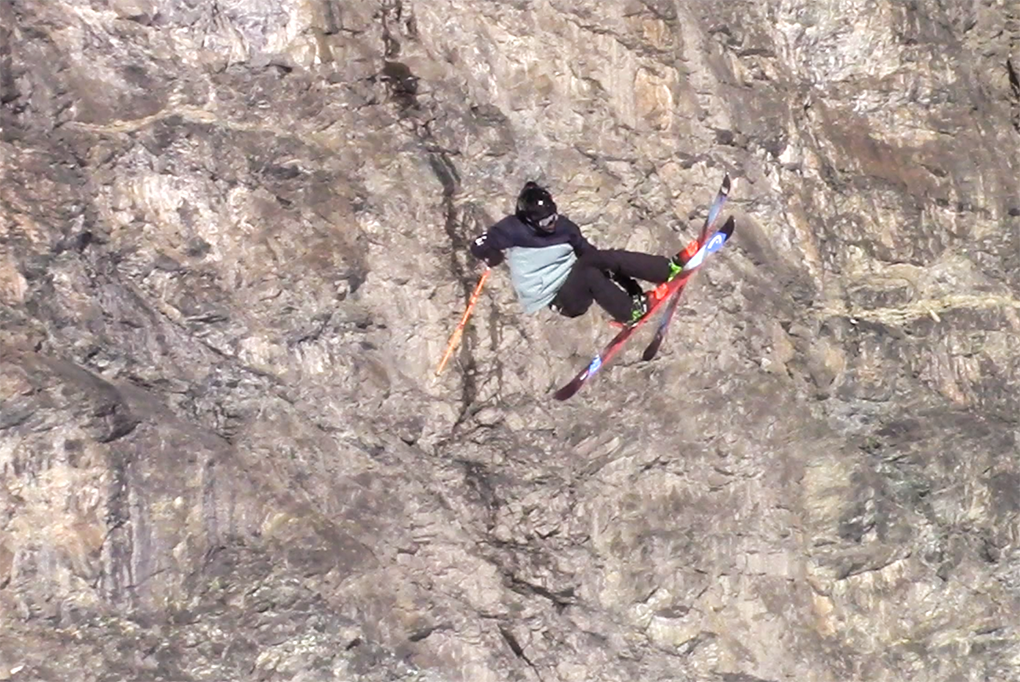
The only area of mild concern for me is that I had three edge cracks by the end of the testing period, even though the skis didn’t see a ton of rail abuse. But to be clear, I spent a considerable amount of time detuning and rounding off my edges before skiing them for the first time. This type of edge damage isn’t unusual for me, and the current damage is fairly minor. I predict that these skis still have a ton of life in them.
Bottom Line
For something that, at first glance, looks very much like your standard competition park ski, the Head Caddy is a surprisingly fun and versatile park ski. It’s a generally poppy, lively, and light ski that is fairly playful on jibs, while still being stable enough to hold its own on big jumps. The Caddy would make a great one-ski park quiver, joining the ranks of the Armada AR7 and Nordica OMW in this category.

Great to see another reviewer from Blister making it to the “old world”. Not a bad choice going to Saas-Fee during the fall. Yet, come back in the winter to explore the entire mountain (air is getting thin at 3500m and above…). Hope you had a couple of drinks at popcorn bar as well.